Top 8 Tips To Create User-Focused Content
As mentioned by Semrush Director of Organic Search, Kyle Byers in 2023, the key to succeeding in content marketing is grasping the requirements and priorities of your audience. Therefore, building content around the needs of users is essential.
You need user-focused content that speaks directly to your audience’s needs and desires to achieve this.
But how?
This article will unveil the top 8 tips for crafting user-centric content. By addressing your users’ problems, intensifying their concerns, and providing solutions, you can create content that resonates and drives action.
Let’s dive into the world of persuasive, user-focused content creation.
Table of Contents
What Is User-Focused Content?
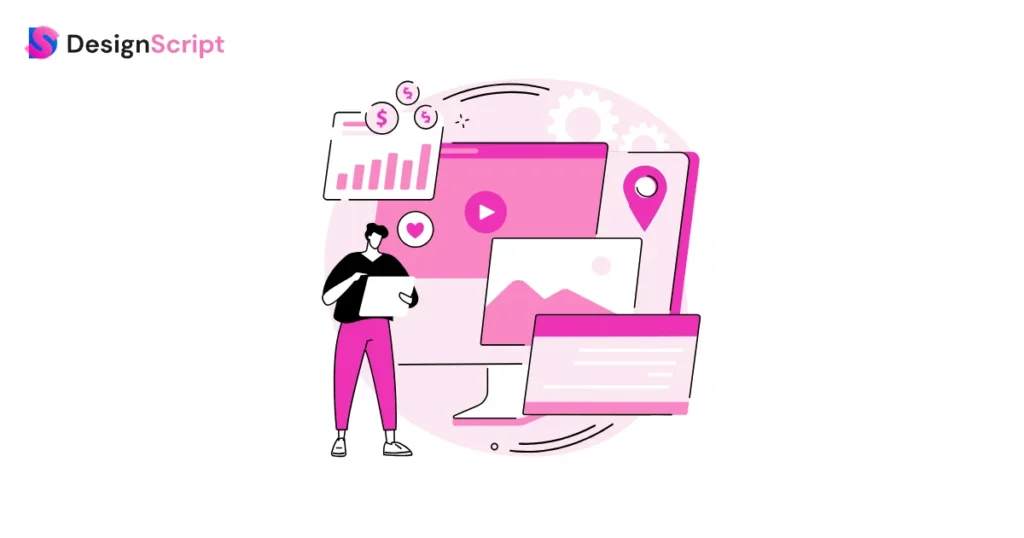
User-focused content is vital to any successful content strategy and content creation process. It means crafting content with your audience in mind and prioritizing the audience’s needs, questions, and interests.
In simpler terms, it’s about creating content that people find valuable and engaging. Imagine writing a blog or creating a video – instead of just talking about what you want, you think about what your readers or viewers want. What are their problems or questions? How can you help them?
For instance, if you’re running a fitness blog, user-focused content would include articles about common fitness challenges, workout routines, and healthy recipes because that’s what your audience cares about.
By focusing on your users, you not only create more interesting and helpful content for them, but you’re also more likely to rank well on search engines because search engines also want to provide the best results for users.
So, in short, user-focused content is about understanding your audience and giving them what they want, which is key to a successful content strategy and content creation process.
Why Is Creating User-Focused Content Important?
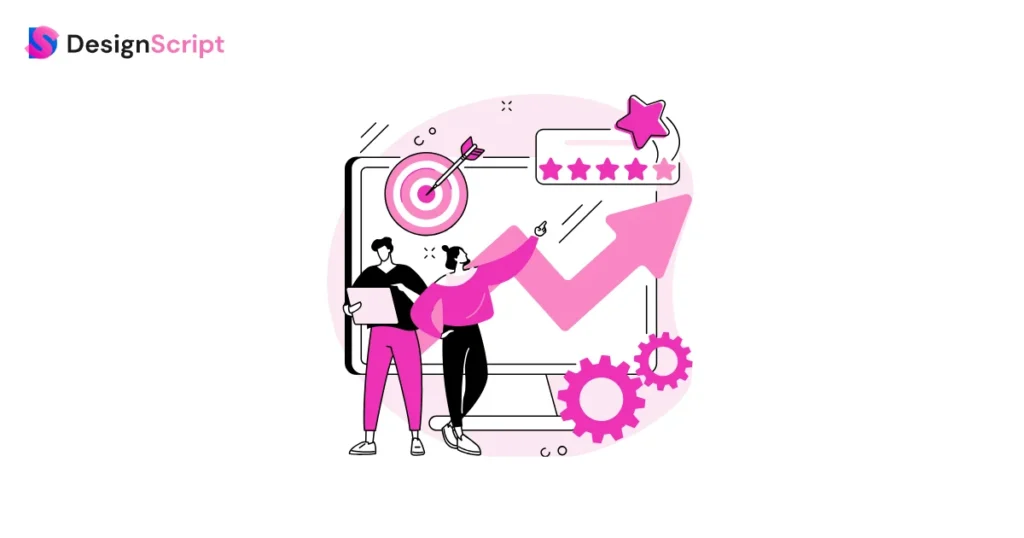
Creating user-focused content is crucial because it puts your audience first and helps you achieve your goals in several ways.
1. Audience Engagement
When you create content that addresses your audience’s needs, questions, and interests, they are more likely to engage with it. They’ll spend more time on your website, read your articles, watch your videos, and even share your content with others.
2. Builds Trust
User-focused content builds trust. If people find your content helpful and informative, they’ll see you as a reliable source of information. This trust can generate stronger relationships and customer loyalty.
3. Higher Search Engine Rankings
Search engines like Google aim to provide the best results for users. When your content is user-focused, it aligns with what people seek. It can improve search engine rankings, making it easier for people to find your content.
4. Increased Conversions
Content that speaks directly to your audience’s needs and concerns is more likely to convert visitors into customers. Whether you want them to subscribe, buy a product, or sign up for a service, user-focused content can be a powerful tool for conversion.
5. Better User Experience
When users find what they’re looking for on your website, they have a positive experience. It can lead to lower bounce rates and higher user satisfaction, which are essential for the long-term success of your online presence.
So, user-focused content is beneficial and essential for building relationships and trust and achieving your business objectives in the digital world. It’s a win-win situation where your audience gets what they want, and you get the results you aim for.
Tips To Create User-Focused Content
Here are a few tips for creating user-focused content:
1. Understanding Your Users
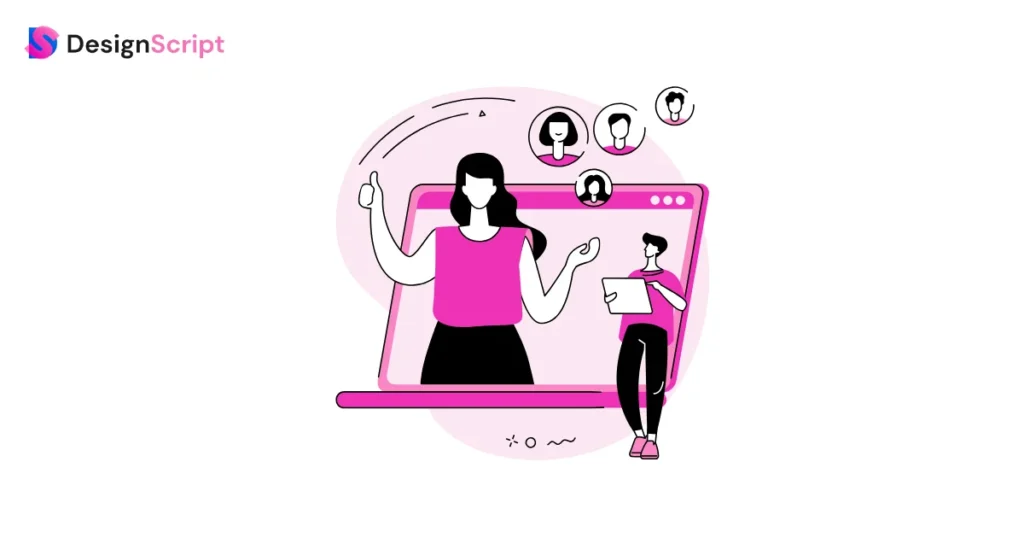
As you just read, creating user-focused content is at the core of a successful content marketing strategy. To do this effectively, you must understand your users inside and out. Here’s how:
- Research: Start by researching your target audience. Find the demographics (age, gender, location) and psychographics (interests, behaviors). This information helps you tailor your content to their preferences.
- User Personas: Create user personas, fictional representations of your ideal customers. Give them names, backgrounds, and characteristics. This makes it easier to imagine what content they would find valuable.
- User Questions: Identify the questions your users are asking. Look at online forums, social media, and customer inquiries for common queries. Your content should provide answers and solutions.
- Feedback: Listen to user feedback. Whether it’s comments on your blog or reviews of your products, pay attention to what users are saying. Use their feedback to improve your content and offerings.
2. Respecting Your Users

Respecting your users is another vital aspect of a successful content marketing strategy. It’s not just about understanding them; it’s about considering their needs and preferences.
- Quality Content: Always prioritize quality over quantity. Create content that is well-researched, accurate, and valuable to your users. Take your time to produce content and not just for the sake of it.
- Clear Communication: Use clear and simple language. Avoid using technical terms that your target audience might not understand. Your content should be easy to read and comprehend.
- User Experience: Ensure a smooth user experience on your website or platform. It should be easy to navigate, with quick loading times and a mobile-friendly design. A good user experience keeps users coming back.
- Respect Privacy: Respect user privacy and data. Clearly outline your data collection and usage policies, and give users control over their data.
3. Be Clear and Concise

Creating user-focused content makes it easy for your audience to engage with your message and understand it. Being clear and concise is key to achieving this. Follow these tips:
- Simple Language: Use simple and easy language. Like you already read, avoid complex words or jargon that might confuse your audience. Imagine you’re explaining your topic to a friend who knows nothing about it.
- Organized Structure: Structure your content logically. Make use of headings, subheadings, and bullet points to break up information. It helps readers scan and find what they need quickly.
- Avoid Fluff: Get to the point. Avoid unnecessary filler or wordy sentences. Your audience’s time is valuable, so provide the information they seek without unnecessary distractions
4. Use Action-Oriented Language

Use action-oriented language in your content to engage your audience and prompt them to take action. The user-focused content should have:
- Call to Action (CTA): Include clear CTAs in your content. For example, if you want readers to subscribe, use phrases like “Subscribe Now” instead of vague language.
- Verbs: Use action verbs to encourage your audience to take a specific action. Words like “discover,” “learn,” “try,” or “start” can motivate readers.
- Benefits: Highlight the benefits of taking action. Explain how it will solve a problem or fulfill a need for your audience.
5. Be Consistent
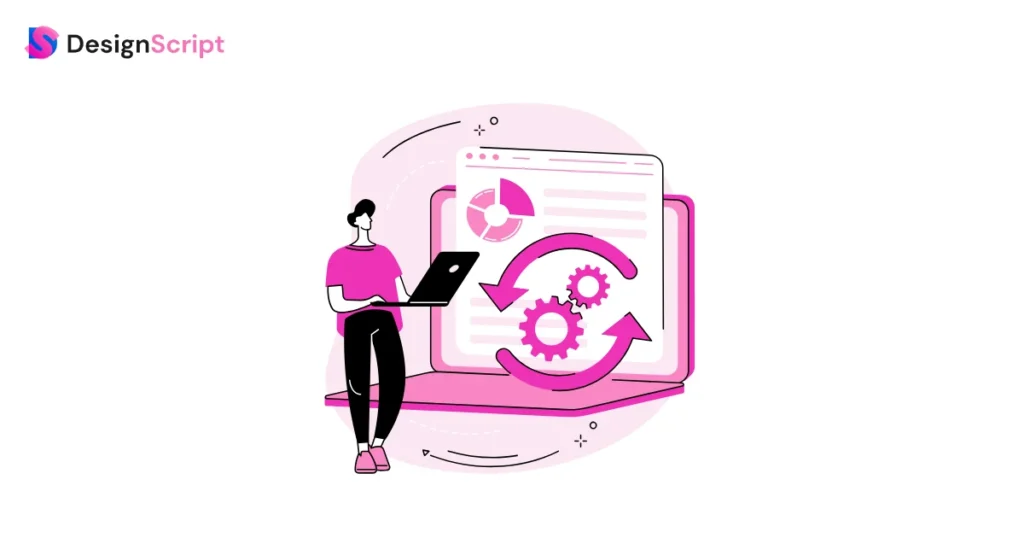
Consistency is vital for creating a cohesive and reliable user experience across your content. To maintain the consistency, follow these tips:
- Tone and Voice: Maintain a consistent tone and voice throughout your content. Whether formal, casual, or informative, stick to it to build familiarity.
- Branding: Ensure your branding elements, such as colors, logos, and fonts, remain consistent across different pieces of content. It helps with brand recognition.
- Posting Schedule: If you have a blog or social media presence, stick to a posting schedule. Your audience will anticipate and eagerly await your posts.
6. Focus on the User Instead of the Algorithm
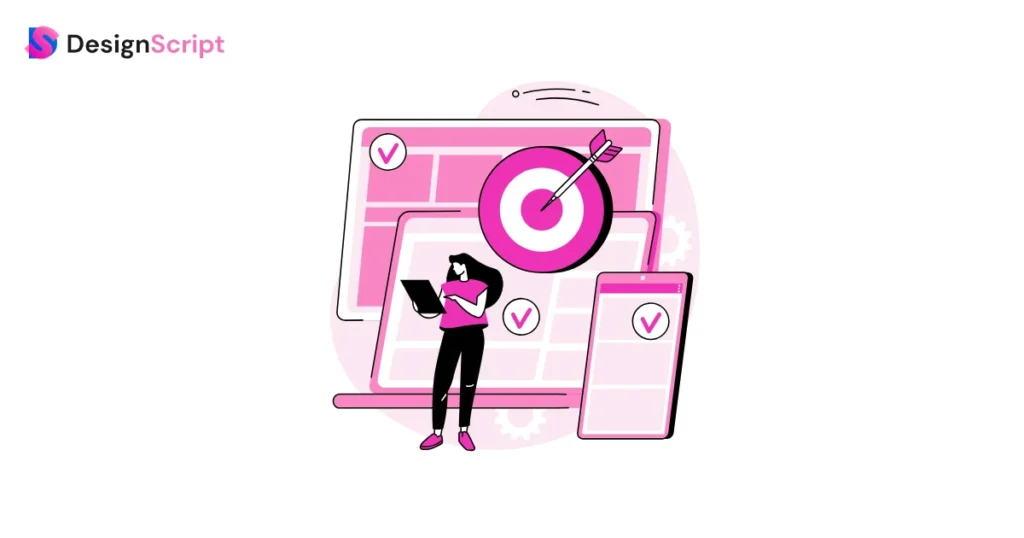
When creating content, getting caught up in trying to please search engine algorithms like Google’s is easy. However, focusing on what your users want and need is more important.
Search engines do matter, but they’re designed to serve users. If your content genuinely helps and engages your audience, it’s more likely to rank well. Here’s why:
- User Satisfaction: Content that addresses real user concerns and interests tends to satisfy searchers. When users find what they’re looking for, they’re more likely to stay on your page, read more, and come back in the future.
- Algorithm Updates: Search algorithms frequently change, and what works today might not work tomorrow. By prioritizing user needs, you build a more sustainable content strategy that isn’t as likely to get affected by algorithm shifts.
- Trust and Authority: Producing top-notch, audience-centric content can position your website as a reliable authority within your field. Over time, this can improve your website’s authority, which search engines value.
7. Turn Features into Benefits

When explaining your product or service, it’s essential to translate its features into tangible benefits for your users. Know why to turn features into benefits:
- Clarity: Users want to know how a product or service will improve their lives. By highlighting benefits, you clarify how your offering can solve the audience’s problems or fulfill their desires.
- Persuasion: Benefits are more persuasive than features. People are more likely to take action when they understand how it will positively impact them.
- Emotional Connection: Benefits tap into users’ emotions. You create a stronger connection if you can show how your product or service will make them happier, healthier, or more successful.
8. Answer User Intent Early On
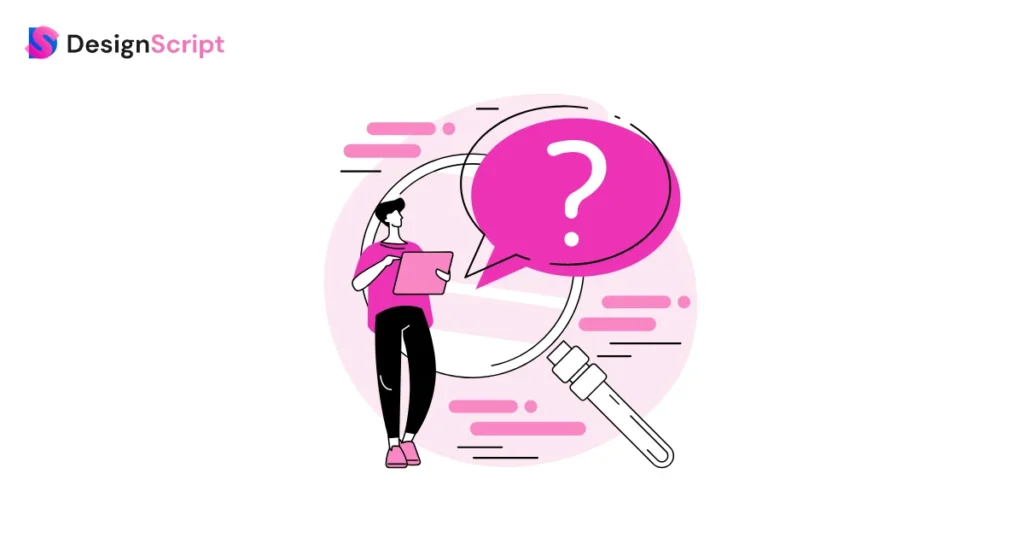
Users who click on your content have a specific intent or question in mind. Addressing that intent early in your content is crucial.
- Engagement: If users immediately see that your content addresses their query or problem, they’re more likely to stay and explore further.
- Clarity: Clear and direct answers satisfy users quickly. Long introductions or unnecessary information can frustrate users.
- Search Ranking: Search engines consider how quickly and effectively your content answers user queries. Meeting user intent promptly can positively impact your ranking.
User-Focused Content Examples

User-focused content is about putting your audience first and then creating content that caters to their needs and preferences. Here are four examples of how you can do this:
1. Focusing on Customer Service
User-focused content begins with exceptional customer service. When you prioritize your customers’ needs, you’re on the right track. It means being there for them when they have questions or face issues. Whether through a chat feature on your website, a helpline, or email support, being responsive and helpful is key.
For example, if you run an e-commerce store and a customer encounters a problem with their order, you should have easily accessible and clear instructions on how they can get assistance. Create content like detailed guides or video tutorials to help users navigate your platform and solve common problems. By doing this, you address user concerns effectively and show that you value their experience.
2. Adding a FAQ Section
A Frequently Asked Questions (FAQ) section is a fantastic way to provide user-focused content. This section should address common questions and concerns your audience might have. It saves users time by providing quick answers to their queries, demonstrating that you understand their needs.
For instance, if you run a software company, your FAQ section could cover installation, troubleshooting, and compatibility topics. By proactively answering these questions, you reduce user frustration and make their experience smoother.
These examples demonstrate how putting your users at the center of your content strategy can enhance their experience and strengthen your relationship with them.
Prioritize User-focused Content for Success
In content marketing, focusing on your audience is like steering a ship in the right direction. You have explored several user-focused content marketing plans. You went through the examples from offering top-notch customer service to implementing customer feedback and engaging on social media. All these methods have one common goal: to make your audience feel valued and heard.
By putting your audience first, you create content that communicates directly to their needs and preferences. This boosts user satisfaction and leads to higher engagement, trust, and loyalty. Remember, satisfied users are likely to become loyal customers and advocates for your brand.
So, the next time you set out on your content creation journey, keep the user in your mind. Understand their needs, provide clear answers, and turn features into benefits that resonate with them. By doing so, you’ll meet your content marketing goals and build long-lasting relationships with your audience.
The secret to content marketing success is simple: focus on the user, and success will follow.
FAQs
Measure success through user engagement metrics (likes, shares, comments), website analytics (bounce rate, time on page), conversion rates, and feedback surveys. Track ROI and monitor audience growth over time.
Challenges include understanding diverse user needs, staying updated with changing preferences, avoiding generic content, ensuring relevance, and balancing promotional content with genuine user value.
Start with audience research to understand their needs. Use feedback, surveys, and analytics. Craft content addressing their pain points, preferences, and questions. Ensure clarity, relevance, and consistent updates.

